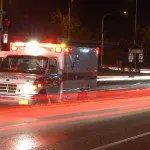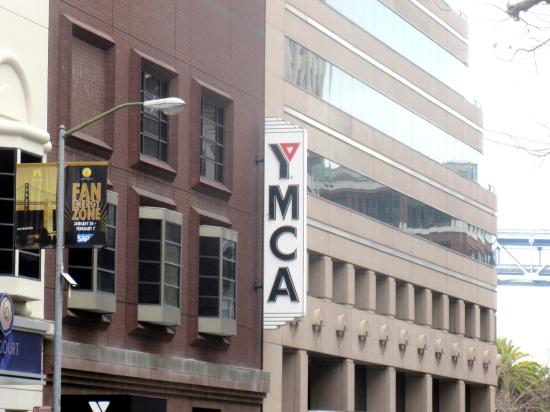CPR Education Equips Ordinary Citizens To Do The Extraordinary In Cases Of Cardiac Arrest
We have seen it countless times: the ambulance, with lights strobing and siren wailing, slithering its way through a congested city street. Apprehensively crawling under a red light at a busy intersection. Riding the brakes as the motorists in its path turn down their radios and check their mirrors, wondering what all the noise is about.
We dutifully pull over and, with a sigh of anxious pity , we always think the same thing: “I’m glad it’s not on its way to see me.”
, we always think the same thing: “I’m glad it’s not on its way to see me.”
However, this common thought underlines an important reality. The time it takes for paramedics to arrive on the scene of a cardiac arrest victim can make the stark difference between a life well-lived and a life cut short.
It is for this reason that it is of paramount importance for people outside of the health industry to have a basic understanding of CPR.
Ray Hanvey, an exercise instructor at the Stonestown YMCA in San Francisco, California, knows all too well the benefits of having life-saving education be the rule as opposed to the exception. He collapsed while teaching a class and benefitted greatly from the fact that his peers are required to know how to perform CPR. He was saved by the quick action taken by those around him who had insight into the steps that need to be taken in the face of a health crisis.
While Ray was lucky to have been stricken with a heart attack in the midst of well-trained company, many unfortunate others are not.
Anyone can find themselves in a situation where their own practical knowledge could turn the tide in an emergency. Even a baseline understanding of life-saving or first aid techniques can have an impact when applied to someone whose life may depend on the swift arrival of an ambulance howling impatiently at the rear end of a tractor trailer that has yet to find a suitable spot to pull over.
CPR training, in many cases, can draw the line between hero and bystander.
![]()



